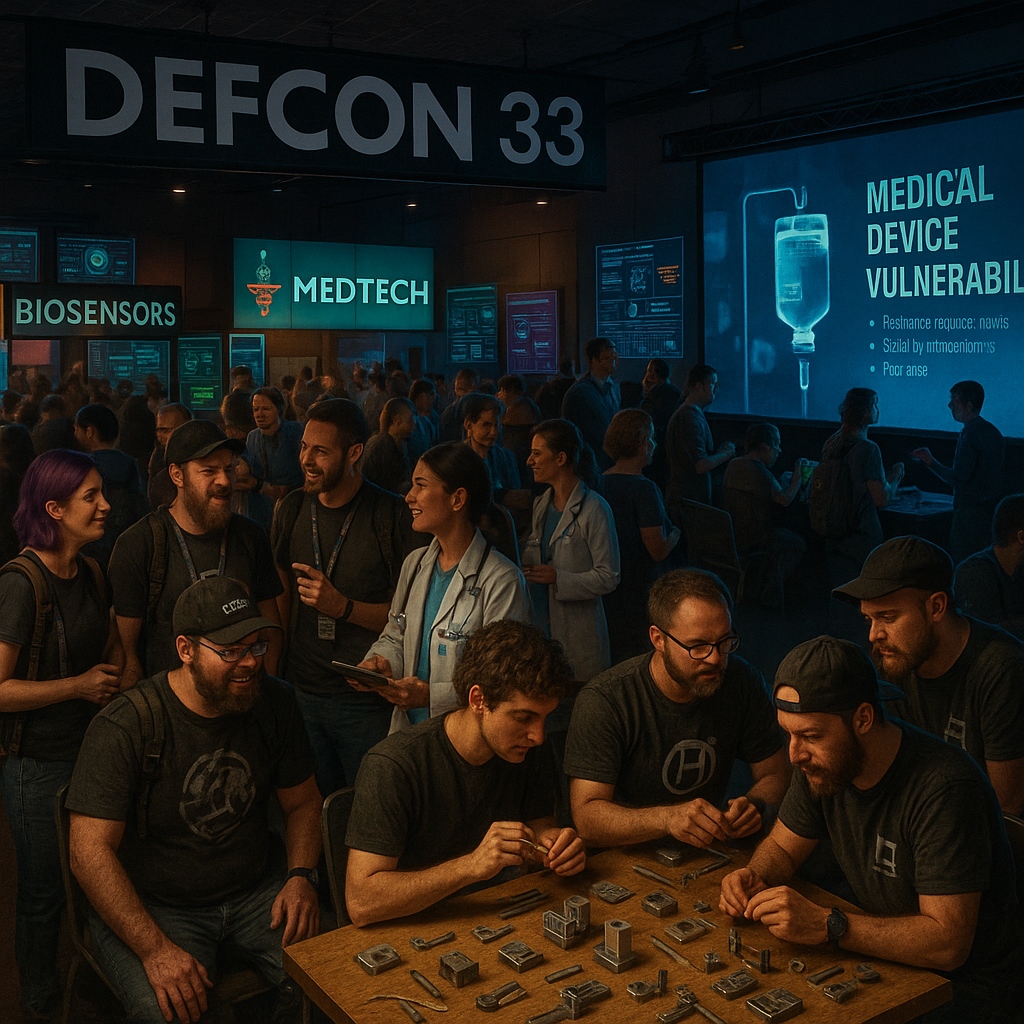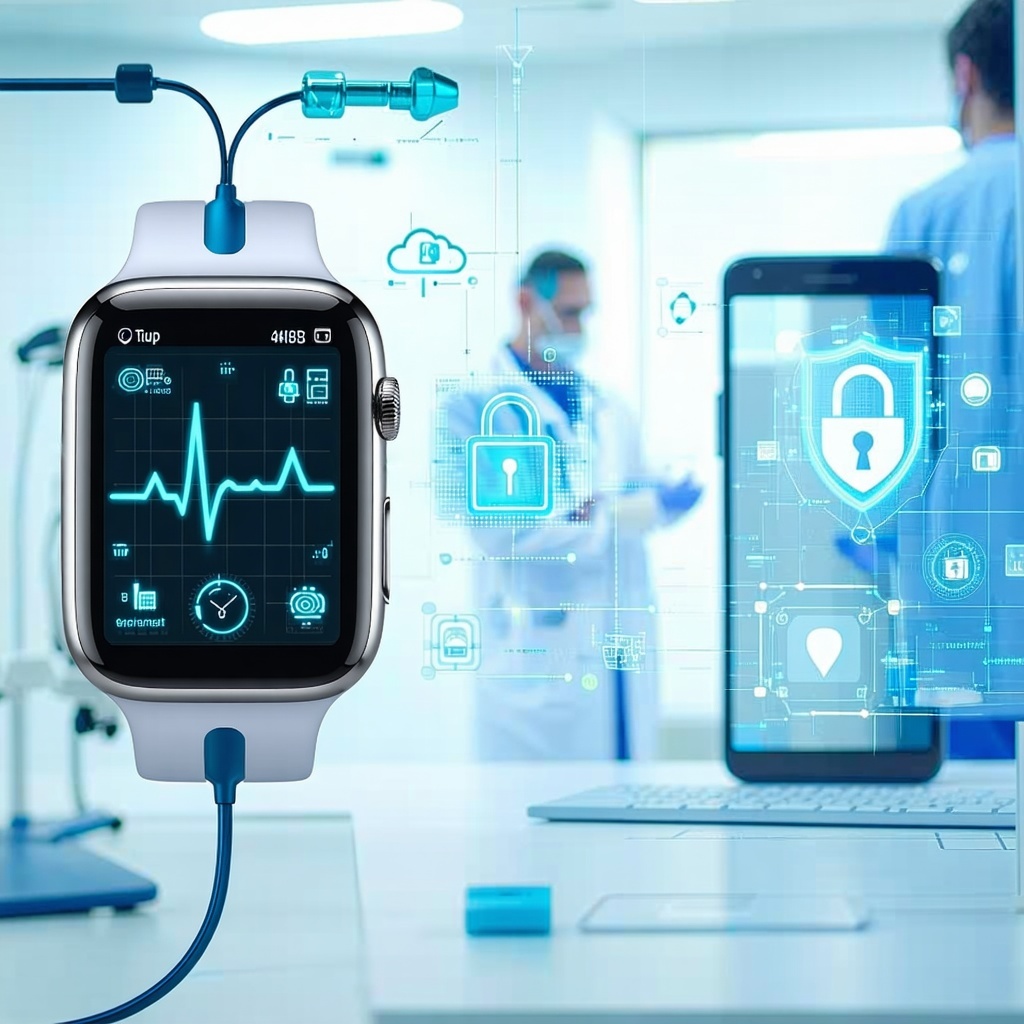Critical Medical Device Vulnerabilities
Medical devices are now prime targets for cybercriminals. The rise of the Internet of Medical Things (IoMT), combined with legacy systems and expanding connectivity, has dramatically increased the attack surface. High-profile breaches in healthcare demonstrate just how much is at stake: patient safety, operational continuity, and institutional trust.
RunSafe’s Medical Device Cybersecurity Index, surveying healthcare leaders across the U.S., UK, and Germany, identified seven critical vulnerabilities. Each has direct implications for both clinical safety and business resilience.
Malware
Malware remains the most common threat, with over half of organisations forced to quarantine devices due to infections. These attacks can corrupt firmware, wipe critical files, and spread laterally across entire hospital networks. Effective defence depends on embedded-device-specific endpoint protection, close monitoring for anomalies, and strong segmentation to contain outbreaks.
Ransomware
Ransomware has evolved to directly disrupt device operations, with 37 percent of organisations affected. MRI machines, infusion pumps, and other essential systems can be locked until ransoms are paid, putting lives at risk. Hospitals must prepare with resilient backup strategies, redundant systems, and rehearsed response plans that account for device downtime.
Network Intrusions
Nearly half of healthcare organisations reported network intrusions. Attackers often infiltrate IT systems and pivot to devices, exploiting weak passwords and outdated protocols. Once inside, they may operate undetected for months. Countering this risk requires zero-trust segmentation, protocol hardening, and continuous intrusion detection and response.
Remote Access Exploits
Remote access is vital for updates and maintenance but remains a major weak point. Exposed remote desktop sessions, insecure VPNs, and over-privileged vendor accounts give attackers a foothold. Robust controls, including least-privilege access, multi-factor authentication, secure gateways, and monitored remote sessions, are critical to reduce this risk.
Supply Chain Attacks
A quarter of organisations face supply chain compromises introduced through firmware or third-party libraries. These flaws are particularly dangerous because they arrive embedded in devices before deployment. Manufacturers should provide a software bill of materials (SBOM), carefully vet suppliers, and track dependencies throughout the lifecycle to prevent hidden risks.
Patch Management Challenges
Vendor-identified vulnerabilities pose another major problem, with 24 percent of organisations reporting delays in applying patches. Many devices require validation or re-certification, meaning security updates cannot be installed quickly. Devices need safe update mechanisms, rollback options, and carefully scheduled patch windows that minimise clinical disruption.
Data Exfiltration
Nearly a quarter of organisations experienced data exfiltration from medical devices. Attackers target sensitive patient data, from diagnostic images to monitoring data, which is highly valuable on black markets. Strong encryption, anonymisation of non-essential data, and rigorous access auditing are essential to reduce this threat and maintain patient trust.
Devices Under Attack
The survey revealed that imaging systems, patient monitoring equipment, and laboratory systems are most frequently targeted. Infusion pumps, surgical devices, and implantable devices such as pacemakers and insulin pumps also rank highly. These devices are chosen because disruption has an immediate and severe impact on healthcare delivery.
Implications for the Industry
For manufacturers, the priority is to design cybersecurity into devices from the start, with transparent supply chains and secure update processes. Healthcare providers must treat devices as part of the broader enterprise attack surface, applying rigorous monitoring and demanding stronger vendor security commitments. Regulators need to harmonise standards, mandate SBOMs, and support faster patch deployment without compromising patient safety.
Attackers use many methods, and one of the most concerning is the disruption and control of medical devices. Protecting these systems is complex, but it cannot be delayed. If they are left vulnerable, the consequences extend beyond patient safety to legal and reputational damage, leaving organisations exposed when things go wrong. Hospitals, manufacturers, and regulators all share responsibility for ensuring that technology designed to save lives does not become a liability.
Make sure your devices are secure, compliant, and beyond reproach. Get in touch with us today to protect your medical technology with penetration testing, risk assessments, and tailored defence strategies, and demonstrate compliance with confidence.
%20(1)%20(1).png?width=309&height=69&name=image-001%20(2)%20(1)%20(1).png)


